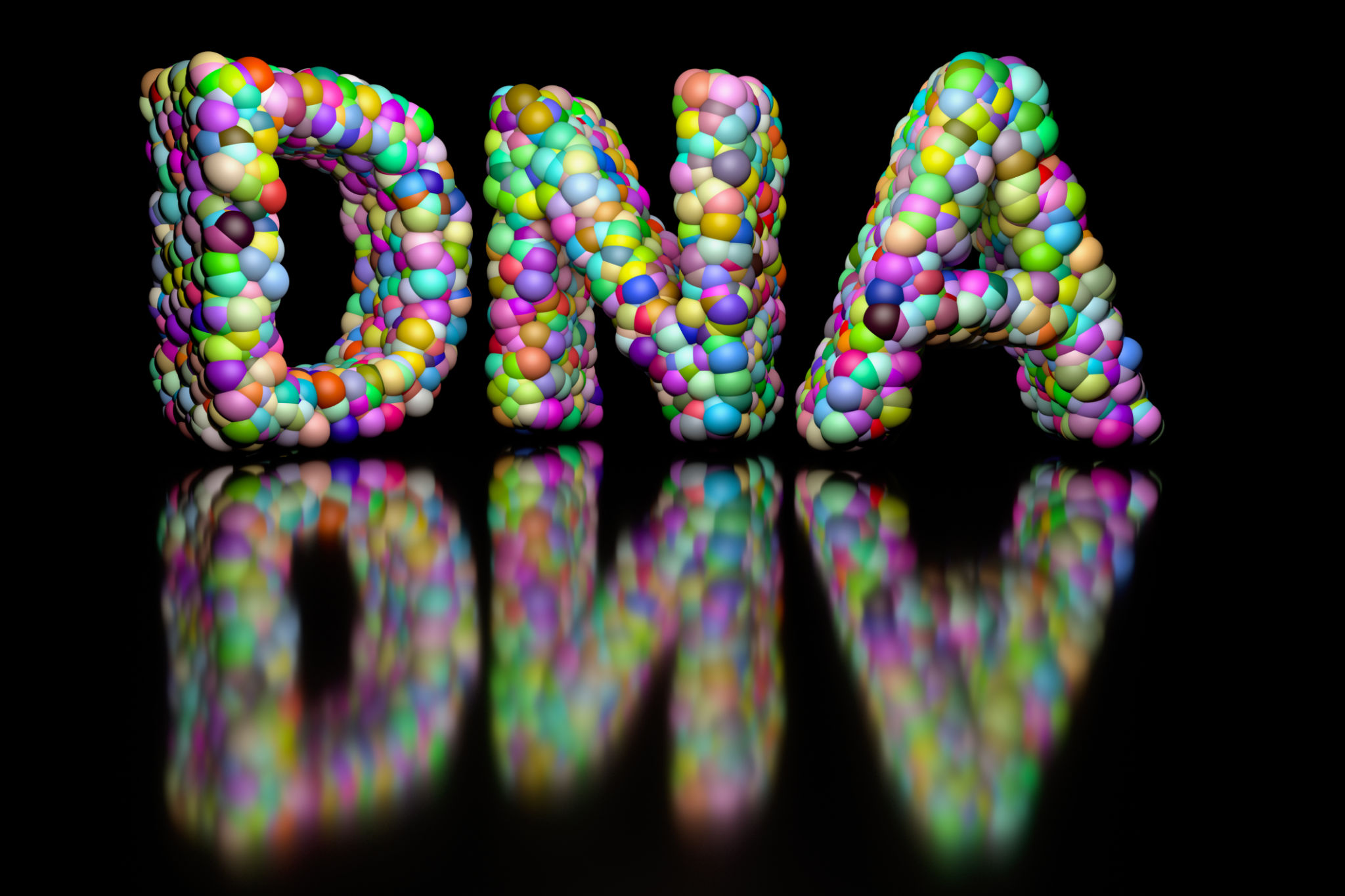The Science Behind Stem Cell Therapy: How It Works and What to Expect
Understanding Stem Cell Therapy
Stem cell therapy is an innovative and rapidly evolving field in medicine that holds the potential to revolutionize treatments for a wide range of diseases. At its core, this therapy involves the use of stem cells to repair or replace damaged tissues and cells in the body. But what exactly makes stem cells so special?
Stem cells are unique because they have the ability to develop into many different cell types in the body during early life and growth. In addition, they can serve as an internal repair system, dividing essentially without limit to replenish other cells as long as the person or animal is still alive. This extraordinary capability makes them a key focus in regenerative medicine.

Types of Stem Cells
There are several types of stem cells, each with different capabilities and uses in therapy. The primary categories include:
- Embryonic stem cells: Derived from embryos, these cells are pluripotent, meaning they can turn into more than 200 different cell types in the human body.
- Adult stem cells: Found in various tissues, these cells are multipotent, which means they can only develop into a limited range of cell types related to their tissue of origin.
- Induced pluripotent stem cells (iPSCs): These are adult cells that have been genetically reprogrammed to behave like embryonic stem cells.
Each type of stem cell has its own advantages and potential applications. For example, embryonic stem cells offer broad potential but come with ethical concerns, while adult stem cells are more limited but less controversial.

The Mechanism of Stem Cell Therapy
Stem cell therapy works by harnessing the natural ability of stem cells to regenerate damaged tissues. The process generally involves extracting stem cells from a source, such as bone marrow or fat tissue, and then concentrating and injecting them into the affected area of the body. Once there, the stem cells can differentiate into the necessary cell types to aid in repair and regeneration.
The effectiveness of this therapy depends on several factors, including the type of disease being treated, the type of stem cells used, and the method of administration. As research continues, scientists are gaining a deeper understanding of how to optimize these variables for better outcomes.

What to Expect from Stem Cell Therapy
For patients considering stem cell therapy, it’s important to have realistic expectations. While this treatment offers promising possibilities, it is not a guaranteed cure for every condition. The success rates can vary significantly depending on the specific disease and individual patient factors.
Generally, patients can expect a comprehensive evaluation by a medical professional to determine eligibility for the therapy. This is often followed by the harvesting of stem cells, which may require a minimally invasive procedure. The treatment itself usually entails one or more injections of concentrated stem cells into the targeted area.

The Future of Stem Cell Therapy
The future of stem cell therapy is bright, with ongoing research and clinical trials exploring new applications and improving existing treatments. Scientists are continually working on overcoming challenges such as immune rejection and enhancing the precision of cell differentiation.
Advancements in genetic engineering and biotechnology are likely to further expand the capabilities and applications of stem cell therapies. As these developments unfold, we can expect more widespread availability and improved success rates for patients suffering from a variety of conditions.
In conclusion, while stem cell therapy is still an emerging field, its potential to transform medicine is undeniable. With continuing research and technological advancements, it holds the promise of more effective treatments and improved quality of life for countless individuals.